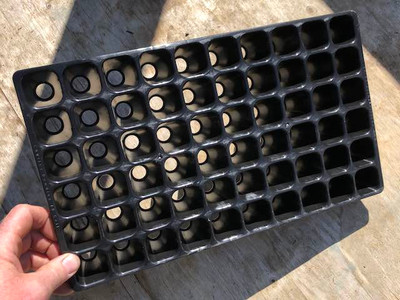How to Germinate Seeds Successfully
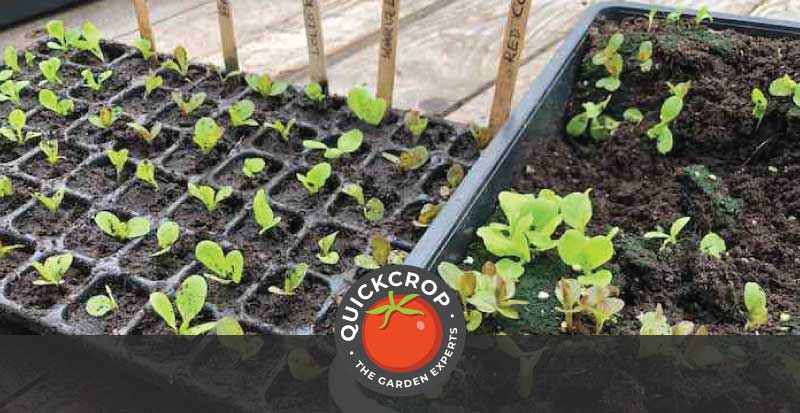
A plant seed is created to grow, and will perform that task admirably once given the opportunity. For successful germination seeds will need:
- a suitable growing medium
- moderate moisture
- warmth
- enough light and space to thrive
Seed Preparation
Seeds should be stored in a dry, airtight container until it’s time for them to be sown. Check them regularly and discard any that are out of date or have signs of mould or rot.

Unwins Gardeners Seed Storage Box
View Product
Soaking Seeds
Before sowing it often helps to soak seeds in advance. Soaking breaks down the seed’s defences (put in place to survive the winter) and radically increases the moisture content (an important requirement for germination).
Leave the seeds resting in a small bowl of water for 24-36 hours before you plan to sow them. The protective seed coating may be scraped beforehand with a sharp knife or sandpaper to assist the water penetration.
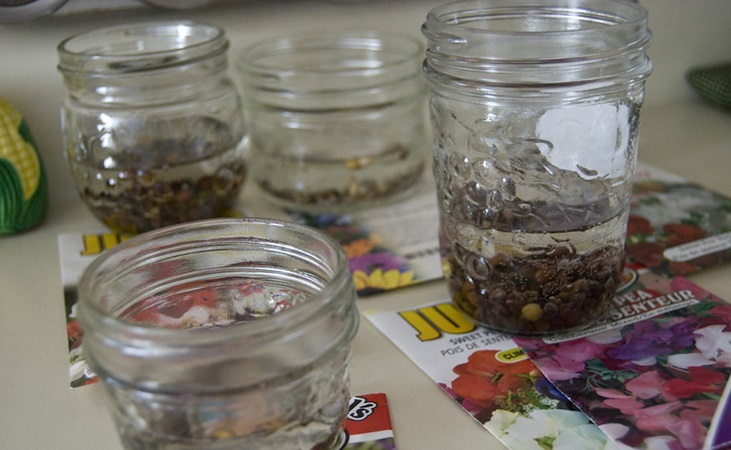
Clearly the sanding technique is only suited to larger seeds like peas or beans; life is too short to spend an afternoon sanding lettuce seeds!
Seed Viability
All seeds will deteriorate over time depending on species and storage conditions, and this affects their ability to germinate successfully. Tomatoes, peas and beans can last up to 10 years, brassicas about 5 years and alliums will rarely be usable after 2 years.
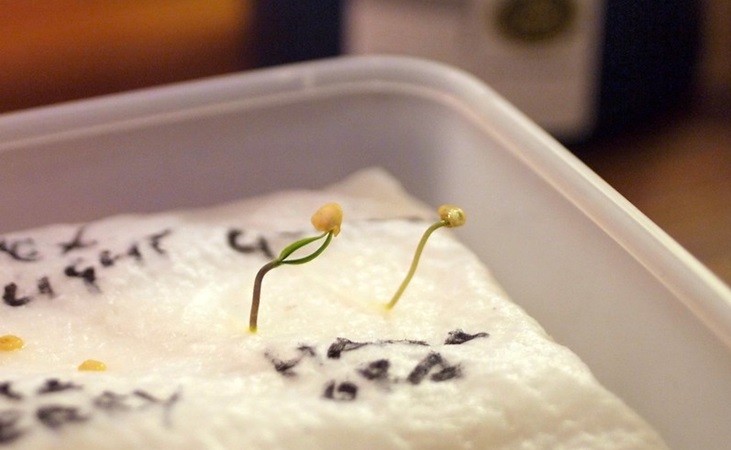
Seed viability can be tested prior to sowing in order to prevent wasted time and effort. Place seeds between sheets of damp paper towel, keeping them moist and warm at a temperature of 21C°.
If the seeds have not sprouted after two to three weeks, replace them with a fresh batch.
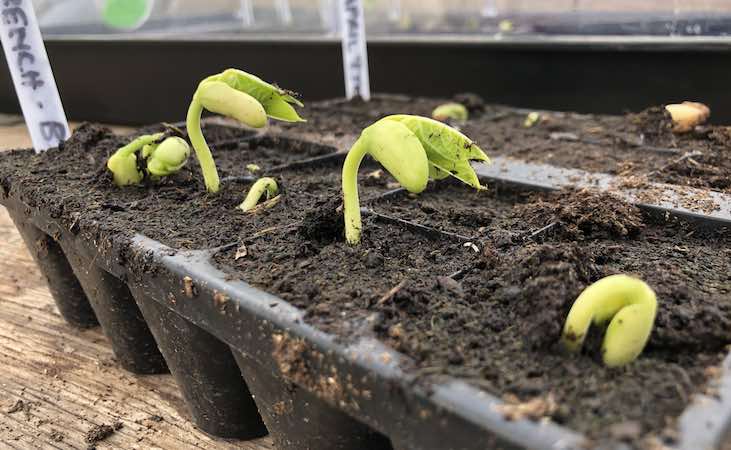
Creating Optimum Conditions for Seed Germination
Germinating seeds need a warm, moist environment to initiate sprouting. Most seeds will require a temperature around 18-20C°, although lettuce prefers a lower temperature (around 15C°), for germination.
Seeds can be sown in an electrically heated propagator to ensure a stable temperature, but a pane of glass or a plastic bag over the seed tray may be sufficient depending on ambient conditions.
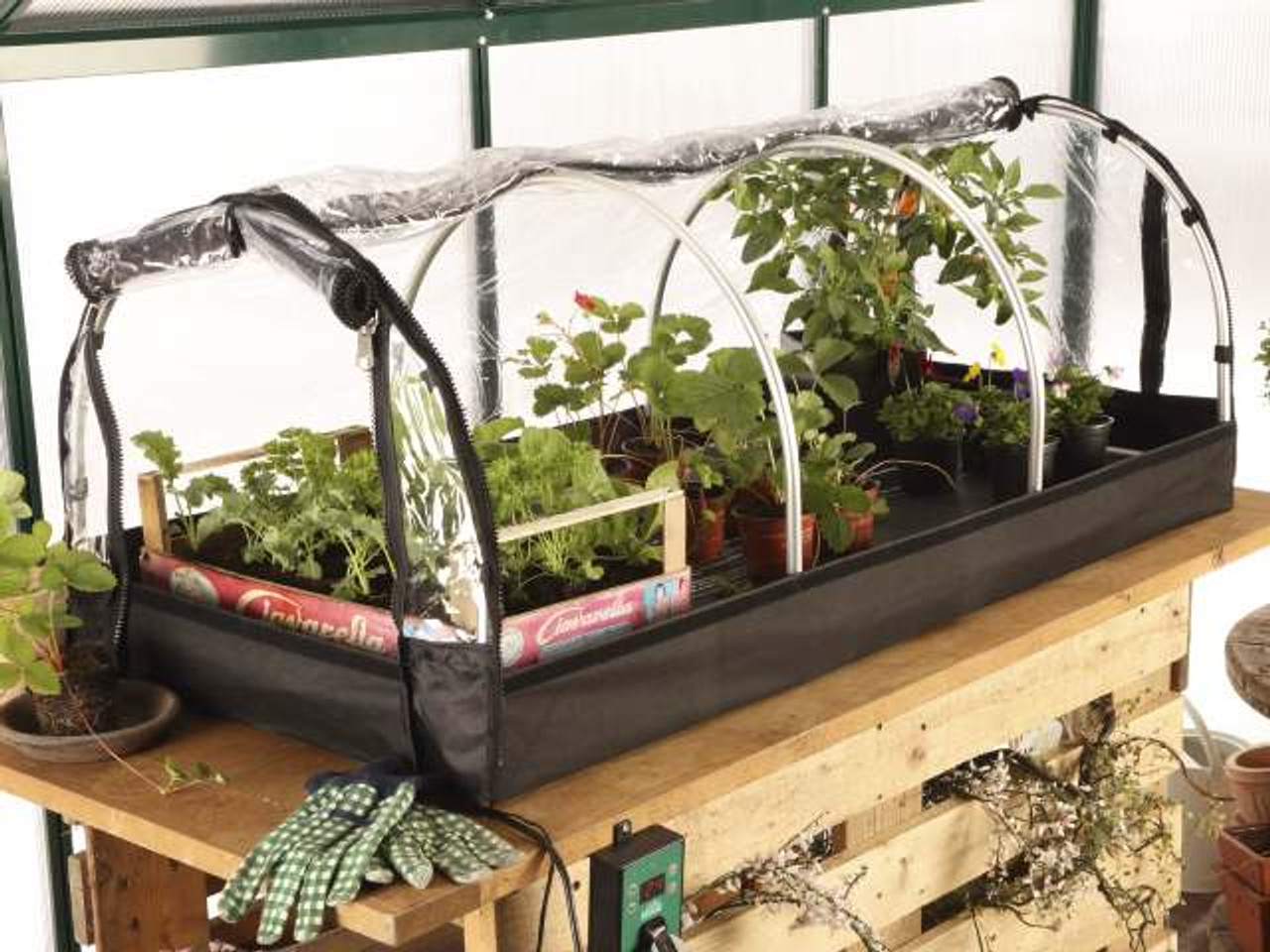
Bio Green Jumbo Propagator
View ProductA soil thermometer can be used and ventilation adjusted to regulate the temperature. The soil should be kept moist but not soaked.
Seed Compost
Seeds should be sown in fine compost containing minimal nutrient content. Most soils and garden composts are too rich and heavy to promote germination. We give our highest recommendation here to Klasmann’s seed compost, not least because we use it in our own nursery.
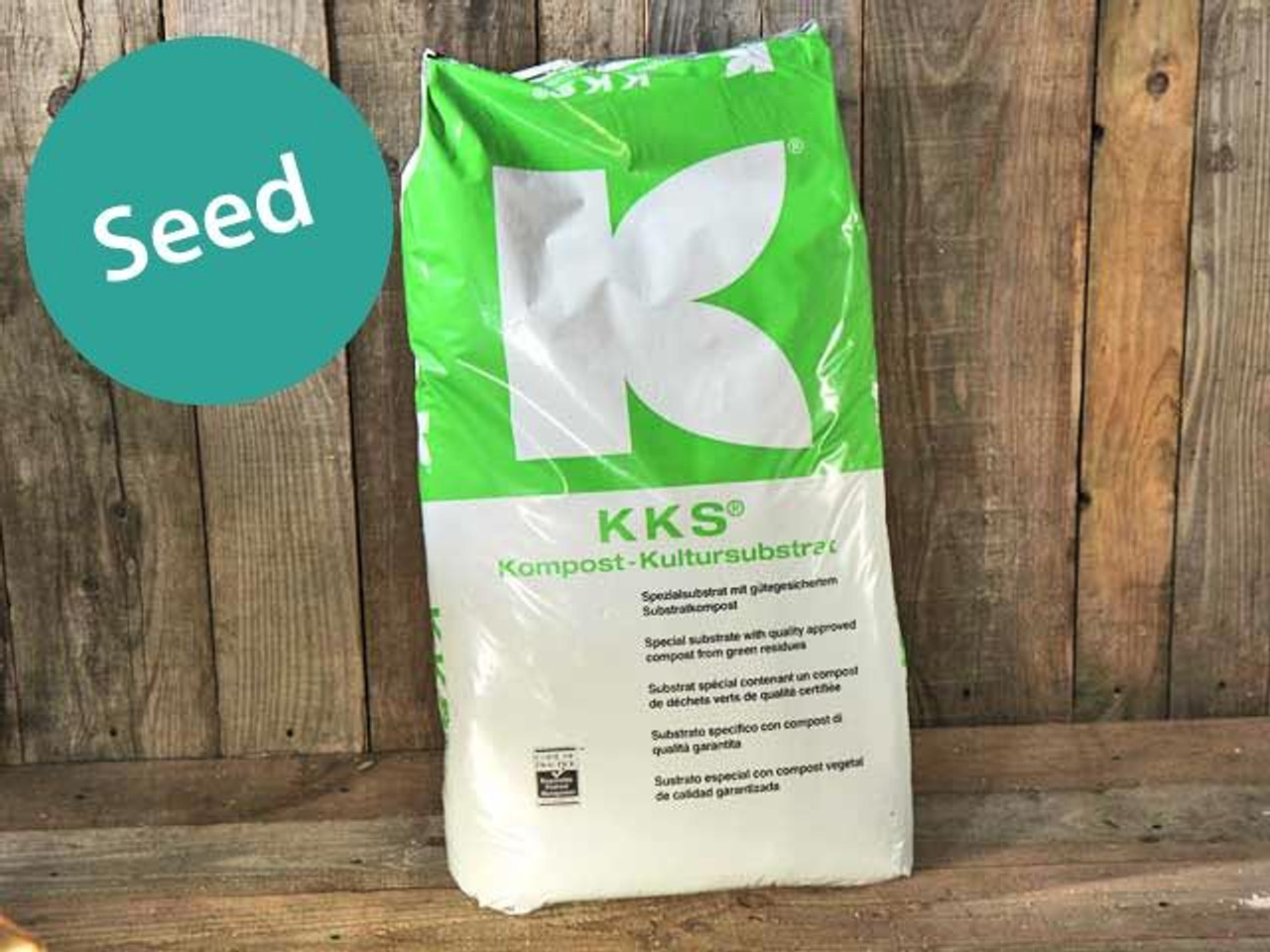
Klasmann Organic Seed Compost - 70 Litre
View ProductIt is possible, with some practice, to make your own seed and potting compost. This can be achieved by mixing vermiculite, leaf mould, sharp sand or coir into your sieved growing medium to the required balance and consistency.
Seed Sowing Methods
Small seeds can be ‘broadcast’ by scattering them thinly over the surface of the compost. They may be mixed with a fine, dry sand before sowing; this helps to provide an easily visual indication of where they have landed, and encourages even distribution. After scattering, sift a layer of compost or fine vermiculite over the seeds.
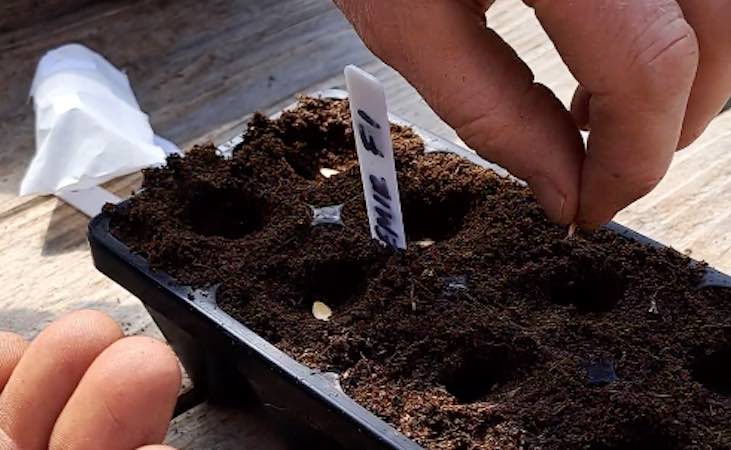
Larger seeds can be sown individually, known as station-sowing. Gently press each seed into the surface of the compost to a depth of 2cm, or into a hole made by a dibber. Sow one seed to each plug if using modules, or 2cm apart in a tray.
Small seeds can be managed more easily by sliding them along a fold of paper with a pencil and guiding them into their sowing position. Some gardeners sow long thin seeds such as courgettes on their side to prevent water collecting and causing rot, although opinions differ on how necessary this is.
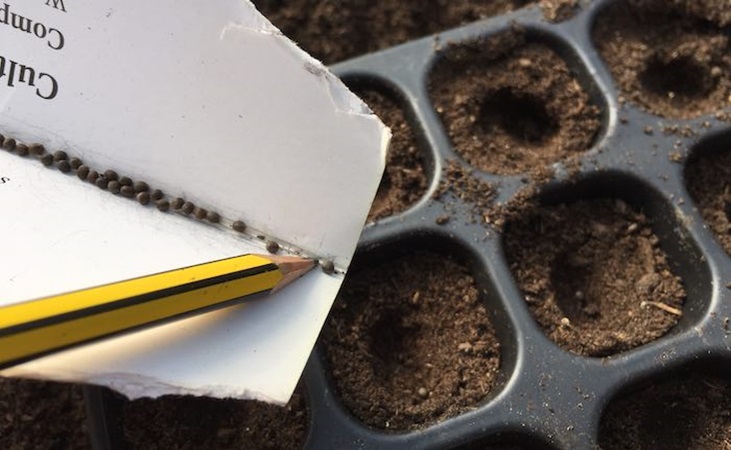
Sowing Seeds Indoors
Seeds sown indoors - on a windowsill or in a greenhouse/polytunnel - will enjoy the benefit of a controlled environment suited to successful germination. The correct temperature can be maintained according to a plant’s individual needs, and conditions can be monitored and adjusted accordingly.
A propagator or heat bench can be used to provide a warm, humid environment, allowing you to start the growing season earlier. Indoor sowing provides protection from pests, weeds and adverse weather conditions, which could delay germination or damage fragile seedlings.

Small Vitopod Electric Propagator Single or Double Height
View Product
Sowing Seeds Outdoors
Seeds sown outdoors are generally sown in long drills to aid identification when thinning or transplanting young seedlings. As with indoor sowing, cover small seeds with a light compost, and plant larger seeds to a depth according to the guidelines on the seed packet.
It is worth bearing in mind that if the seeds are not to be thinned or transplanted, the seed spacing will be the final growing position of the mature plant.

Kent & Stowe T Dibber
View ProductEnvironmental conditions play a big part in sowing outdoors: wait for a suitable soil temperature before planting, and avoid adverse weather while sowing. In dry weather remember to water the bed before sowing.
If possible protect the seed beds with a cloche; you can create makeshift cloches from cut-down water bottles.
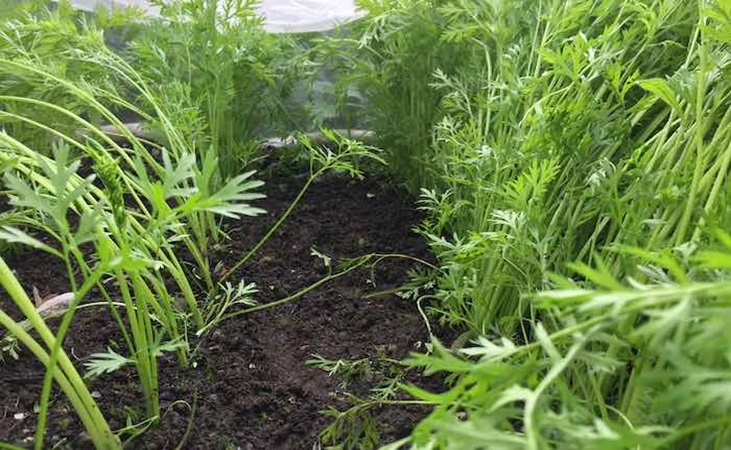
Thinning Seedlings
As the seedlings develop, it may be necessary to thin them to prevent overcrowding. Many plants tolerate transplanting - particularly onions, leeks and salads - and will benefit from the extra space.
Small carrots have distinctive foliage and are easy to thin, with the baby carrots making a delicious snack. Be aware though that thinning carrot seedlings can attract the carrot root fly.
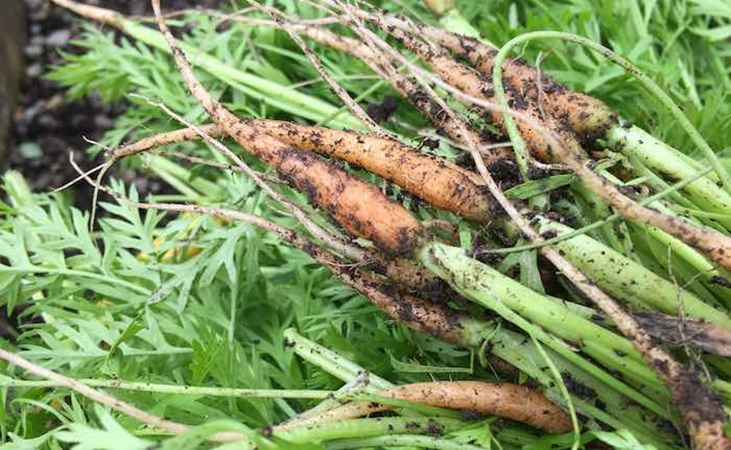
Some seedlings like beetroot grow in a clump and can be thinned easily by snipping the unwanted plants with nail scissors, avoiding root disturbance.
Tools and Equipment for Seed Germination
Sieve: a fine mesh sieve is ideal for removing any large stones and grading compost into a suitable tilth for sowing.
Dibber: this useful garden tool makes a perfect shaped hole for dropping a seed into without disturbing the surrounding compost or seeds.

Garland Propagator Thermometer
View ProductThermometer: maintaining the correct soil temperature is important for seeds to sprout.
Modular Cell Tray: available in a range of sizes for repeated sowing of plug plants.
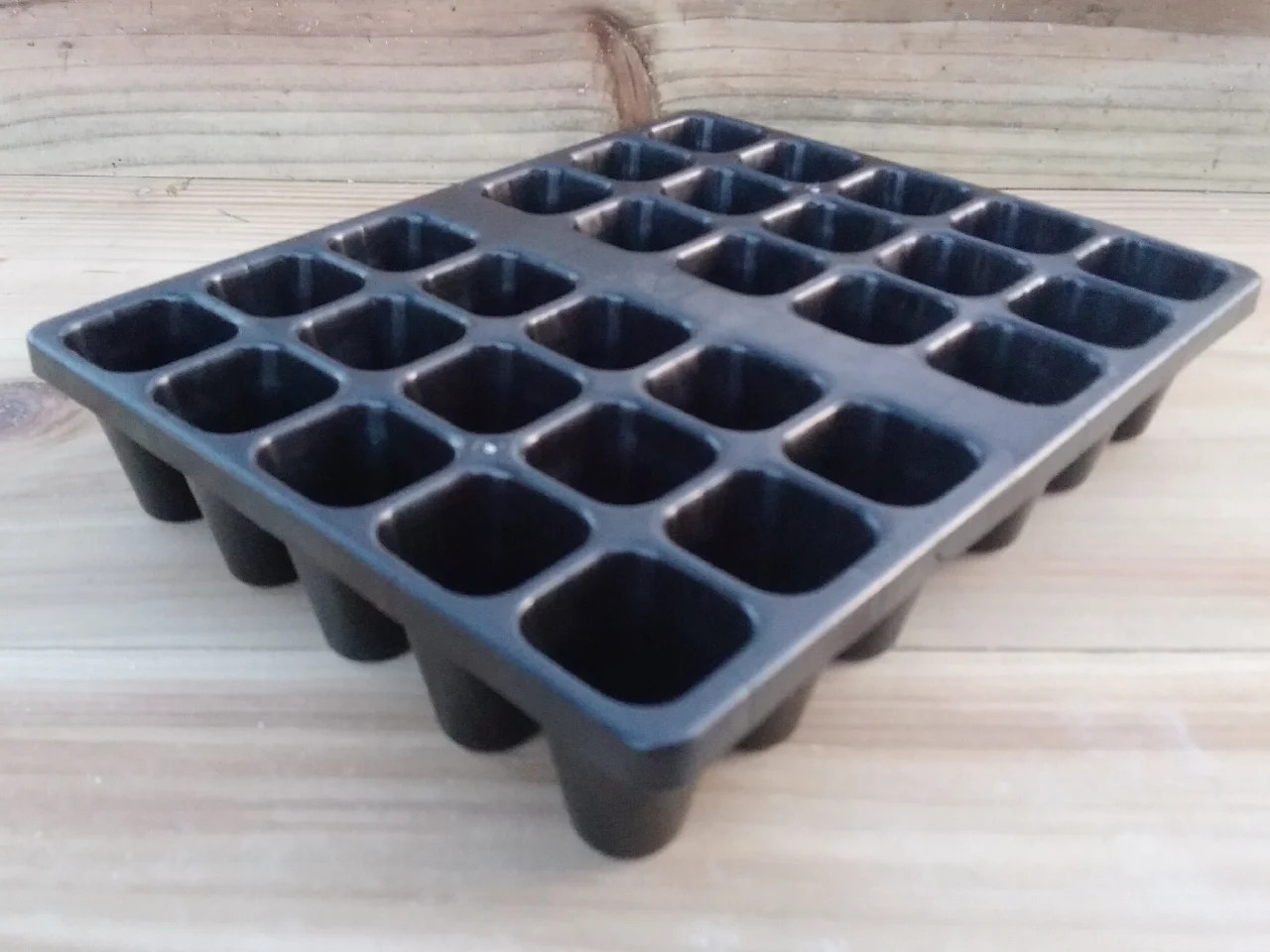
Charles Dowding 30 Cell Plant Tray
View ProductRoot Trainers: these deep cell modules are designed for peas and beans, allowing them to develop strong healthy roots without being disturbed.
Seed Trays: general purpose soil trays for broadcasting seeds and supporting modular cells.

Rapid Rootrainer
View ProductPropagators: perfect for creating the optimum environment for successful germination, you can opt for a heated or unheated version.
Seed Tin: a dry, airtight container is required if you are saving seeds or have leftovers from the previous year.



